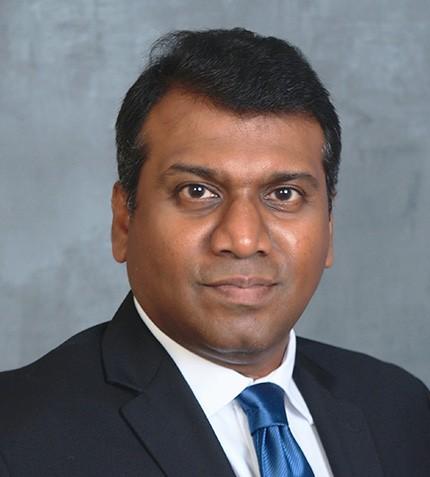
“Kuantan provides an opportunity to shift investment from the more crowded and more expensive West Coast to the cheaper, more accommodating East Coast, which is perfectly positioned for doing business with the Far East.”
Kuantan Port is one of the largest ports on the east coast of Malaysia. Could you give us an overview of the Port?
Kuantan Port is a multi-purpose port facing the South China Sea, which is the fastest shipping route between Malaysia and China. As the port operator, Kuantan Port is 60% owned by publicly listed IJM Corporation, and 40% by Beibu Gulf Port Group, a China state-owned enterprise. The port is well connected not only by rail, road and air, but we also benefit from dedicated industrial areas: Covering more than 3,000 acres of land, the MCKIP (Malaysia-China Kuantan Industrial Park) is the first such park jointly developed by Malaysia and China. Malaysia Consortium holds majority equity of 51% in MCKIP, while China Consortium owns the remaining 49%. Five km away from Kuantan Port we also have access to the Gebeng Industrial Park, which hosts a cluster of chemical players.
In 2022, Kuantan Port received its deepest and heaviest vessel. Can you tell us about the expansions undergone by the Port?
Kuantan Port has two terminals, Kuantan Port 1 and the NDWT (New Deep-Water Terminal). Over the years, we have increased the berths and their draught, which has enabled us to receive supersize vessels of up to 16.5 m draught. In October 2022, we welcomed at NDWT the deepest and heaviest vessel ever to call at Kuantan Port, with a 16.4 m draught and a capacity of 180,000 tons.
Could you elaborate on the opportunities for increasing containerization at the Port?
Currently, 90% of our business is not containerized, of which about 40% is represented by dry bulk, and the remaining is liquid. The revenue stream for liquid bulk is slow and yields low margins. But Kuantan has great potential for containerization by leveraging our captive market here in Malaysia, where raw materials are imported and finished goods are exported. More than 50% of finished products are transported via containers.
A deeper, larger port, with larger cranes and higher productivity, will translate to lower freight rates and benefits for clients. As part of our Phase 2 development within the port, we want to build a new, deeper container terminal for finished goods. We are in touch with a Middle Eastern company that would like to do a feasibility on the role of Kuantan Port in connecting the subcontinent with the Middle East and East Africa, across the Indian Ocean. They are particularly looking at the food supply chain. Malaysia is blessed with a tropical climate propitious for agriculture, especially in Pahang. We joke that, if you leave a mango in the backyard, you will discover a fully-grown mango tree months later. Japanese, Chinese, and European investors are all exploring Southeast Asia as a spot for agriculture in a bid to create more security in the global food supply chain, in line with new regulations around GMOs.
Why is it important for Kuantan Port to diversify?
With close to 50% of our business linked to Chinese trade, the lockdown impacted our operations. “When China sneezes, we catch a cold.” Today, Kuantan Port offers liquid, dry bulk, and containers for different types of chemicals, minerals, and consumables. On the imports side, we mostly receive iron ore and coal from Australia. What we are missing is a gas platform. In the area of new fuels, we have been looking at opportunities for a bio-methanol platform together with Romanian investors.
What are the main advantages offered by Kuantan Port?
One of the main advantages of Kuantan Port is the availability of space together with lower labor costs. Whereas there are over 8 million people living in the Klang area where the country’s biggest port is found, there are only a few hundred thousand people in Kuantan. Therefore, Kuantan provides an opportunity to shift investment from the more crowded and more expensive West Coast to the cheaper, more accommodating East Coast, which is also perfectly positioned for doing business with the Far East. What our clients will find at Kuantan Port is a very capable team, ready to offer flexibility and tailored services, including on-dock depot and maintenance for containers, speed gates for the dry bulk, as well as enhanced security, both physical and IT, for all customers.




